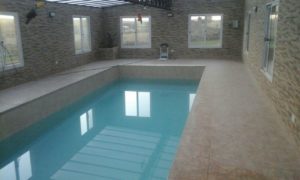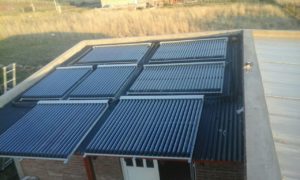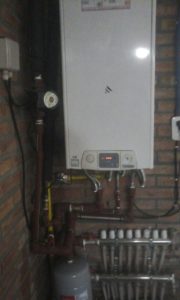Many times the purpose of incorporating solar energy to our professional skills, scope of business or personal life has hovered in our head.
We have almost always run into the same barrier: time.
We are working or studying and we find it very difficult to have even a few hours a week.
It is rare to find training offerings that are not too short (few hours workshops) or too long (one or more years) and which in turn have an affordable price.
If we add the difficulty of having to move, because most are taught in presence way, finally we ended up postponing again and again this purpose.
In 2014 Sopelia gave, in collaboration with the Technology National University of Mar del Plata (Argentina), the Technical – Commercial Solar Energy Course in tele-learning (distance + presence) methodology.
In 2016 Sopelia updated and divided that training action in 2 specific courses:
* Technical – Commercial Solar Thermal Energy
* Technical – Commercial Photovoltaic Solar Energy

Sopelia rode them on a Moodle 3.1 platform and the result is 2 courses in e-learning methodology.
This means you can receive Solar Energy training with the best market value wherever you are.
You only need a computer, smartphone or mobile device and Internet.
Being the 1st edition there is a 50% off list price.
These two courses provide technical and commercial training in solar energy domestic applications with the aim of spreading the technology and develop human resources for incorporation into work and business world.
You will identify the most relevant aspects of solar energy within the current energy landscape.
You will define, describe and analyze the most important features of solar energy.
You will know the composition, understand the operation, design and maintenance of facilities to implement thermal and photovoltaic solar energy projects.

It is a training aimed at students and technical careers graduates, technical schools graduates, engineers, architects, professionals and installers of related sectors (air conditioning, electricity, rural), people with experience in renewable energies, environmental professionals and individuals interested in incorporating solar energy into their lives.
The 2016 edition starts on September 19th and ends on November 25th.
You can register until 16 September inclusive in www.energiasrenovables.lat
If you are under 30 years old and live in Latin America, with the course completed, you can apply to be Sopelia Country Manager in your country of residence.
And if you are under 25 and live in Latin America, you can get a 50% scholarship and finished the course, apply to become Sopelia Trainee.
If you speak Spanish you have no excuses, Solar Energy wherever you are with Sopelia.





















